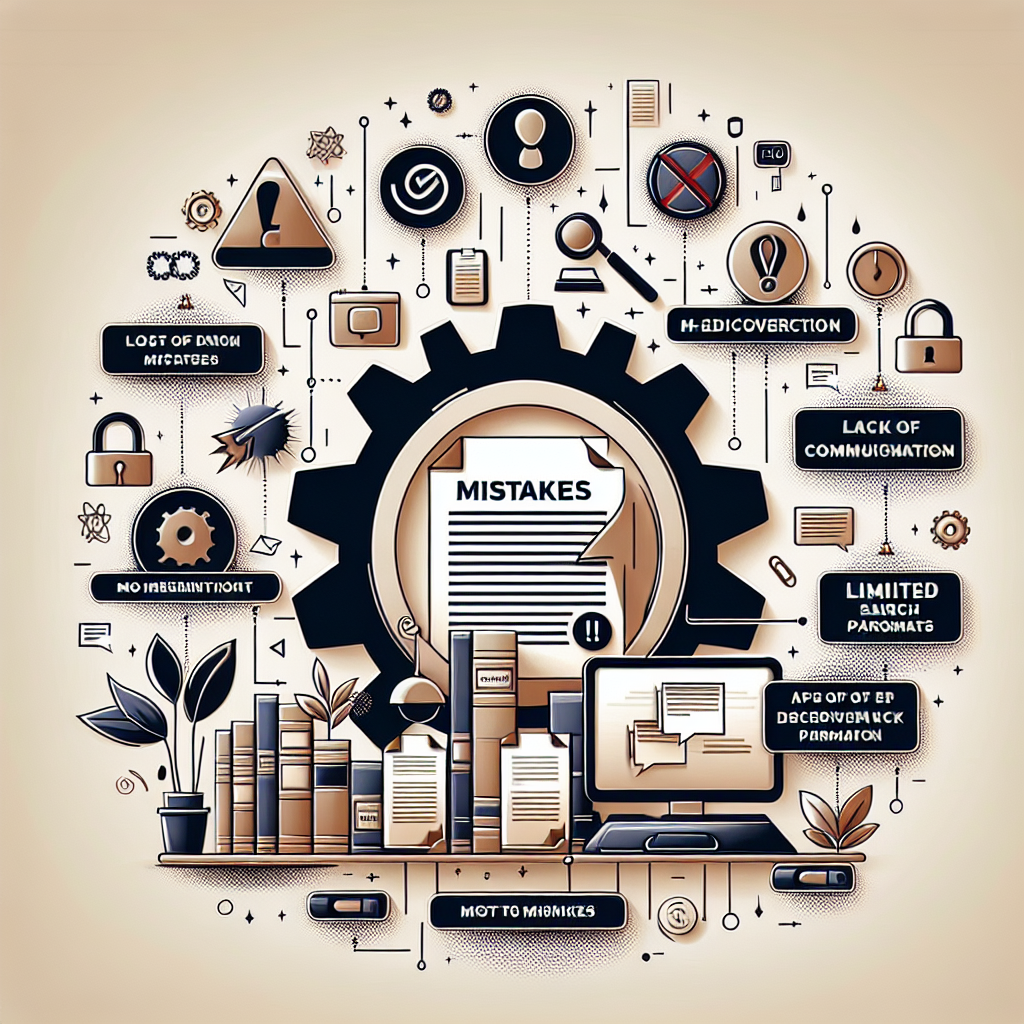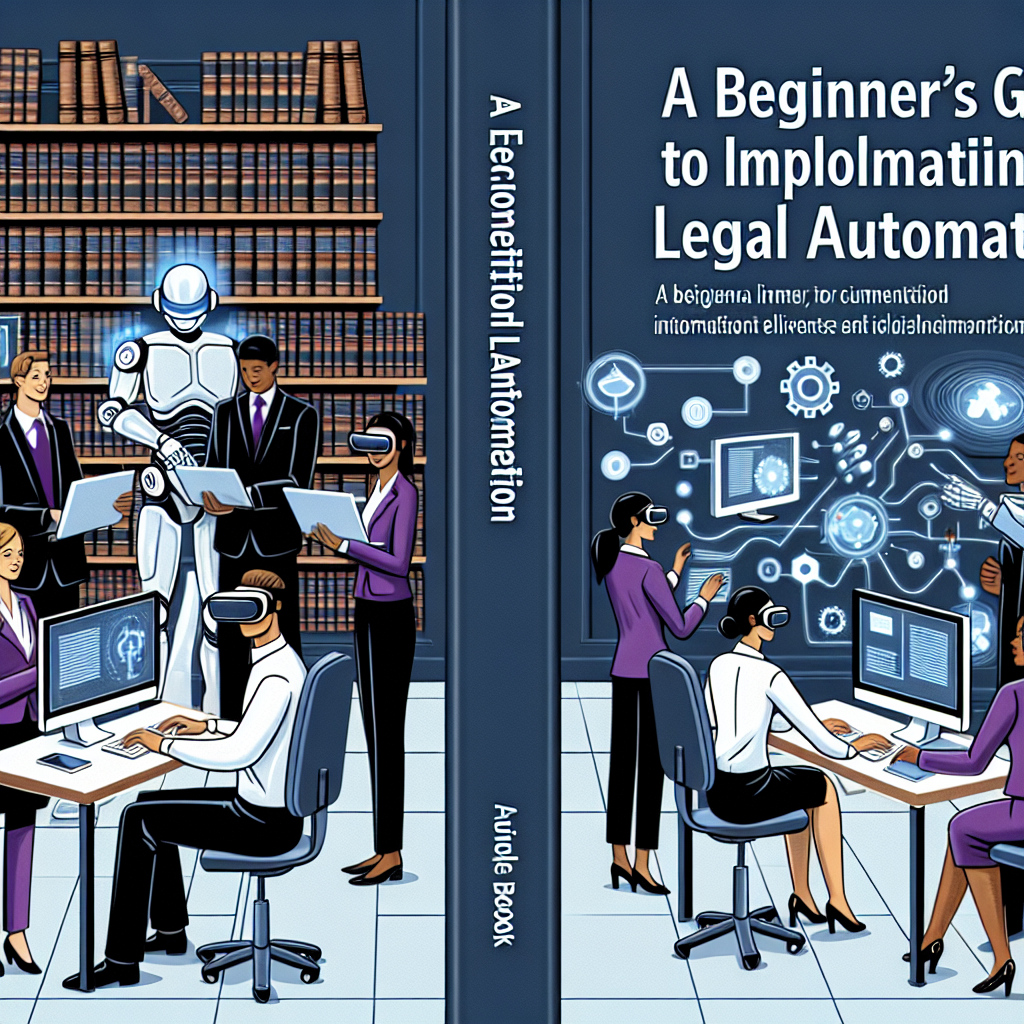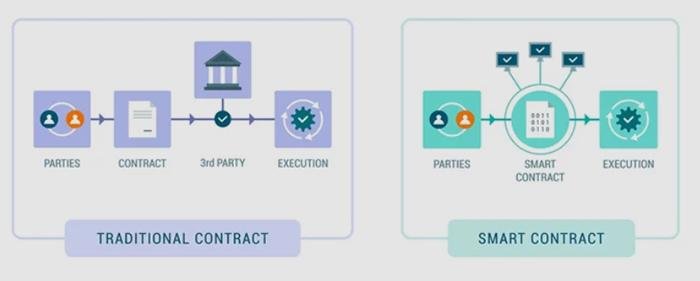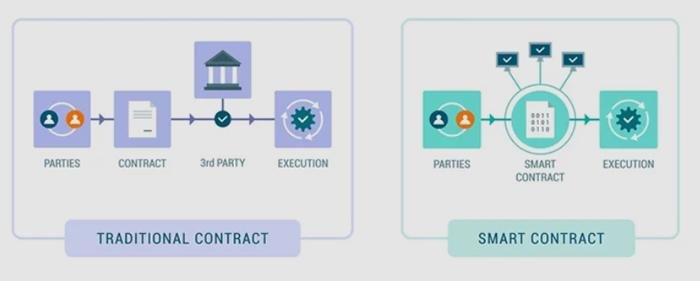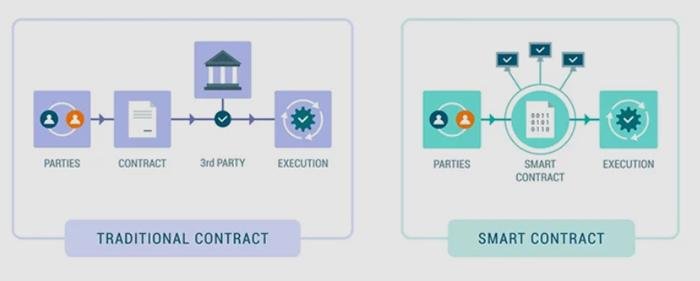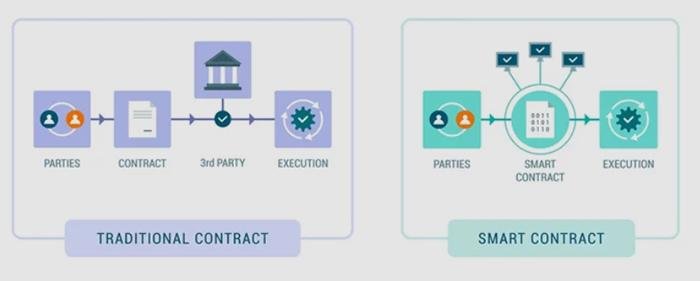Document Automation: Saving Time and Reducing Errors in Legal Drafting
Title: Document Automation: Saving Time and Reducing Errors in Legal Drafting
In the fast-paced world of legal services, efficiency and accuracy are paramount. Legal professionals are always seeking ways to streamline processes and minimize errors in drafting legal documents. This is where document automation comes into play. By leveraging cutting-edge technology, document automation is revolutionizing the legal industry by saving time and reducing errors. In this article, we’ll explore how document automation is reshaping legal drafting and why it’s becoming indispensable for legal practitioners.
What is Document Automation?
Document automation is the use of technology to create repeatable and scalable processes for generating standard documents. It involves using software to automate the creation, management, and storage of documents that typically require substantial human input. Legal drafting, which often involves repetitive and routine tasks, benefits significantly from this technology.
Benefits of Document Automation in Legal Drafting
1. Time Efficiency
One of the most significant advantages of document automation is the dramatic reduction in time required to draft legal documents. Traditionally, drafting involves a meticulous process of writing, reviewing, and revising lengthy documents. With automation, much of this work is streamlined, allowing legal professionals to allocate their time to more strategic tasks. This efficiency is crucial in fast-paced legal environments where quick turnaround times are often necessary.
2. Reduction of Errors
Human error is inevitable, especially in tedious and repetitive tasks. Document automation minimizes these errors by standardizing the document creation process. Automated systems ensure that all necessary components are included and formatted correctly, significantly reducing the risk of omissions or inaccuracies. This is particularly important in legal drafting, where a single mistake can have significant repercussions.
3. Consistency and Standardization
Document automation ensures that all documents adhere to firm-wide standards and regulations. This consistency not only upholds the quality and professionalism of legal documents but also ensures compliance with legal standards. Automated templates can be easily updated to reflect changes in laws or company policies, ensuring that all documents are current and compliant.
4. Cost Savings
By reducing the time spent on drafting and correcting errors, document automation leads to significant cost savings. Firms can allocate resources more effectively, potentially reducing staffing costs and increasing overall profitability. Moreover, automation minimizes the need for extensive training and oversight, further cutting operational expenses.
How to Implement Document Automation in Legal Practices
Implementing document automation in legal practices requires a thoughtful approach. Here are some steps to consider:
1. Evaluate Your Needs
Determine which documents are most frequently used and would benefit from automation. This could include contracts, NDAs, wills, or any other document type that is repetitive and standardized.
2. Choose the Right Software
Select a document automation software that suits your firm’s needs. Consider factors such as ease of use, integration capabilities, and customer support. Popular options include tools like HotDocs, Contract Express, and DocuSign.
3. Develop Templates
Create templates for your most commonly used documents. Ensure that these templates are comprehensive and can be easily updated as needed. Collaborate with your team to ensure that templates meet all legal and organizational standards.
4. Train Your Team
Invest in training for your team to efficiently use the chosen software. This will ensure a smooth transition and maximize the benefits of automation.
5. Monitor and Update
Regularly review and update your templates and processes to ensure continued compliance and efficiency. Stay informed about new features and updates from your software provider to continually improve your document automation strategy.
Conclusion
Document automation is transforming the landscape of legal drafting, offering significant benefits in terms of time savings, error reduction, and cost efficiency. By embracing this technology, legal professionals can focus on higher-value tasks, driving better outcomes for their clients. As the legal industry continues to evolve, document automation will undoubtedly play a pivotal role in shaping its future.
By implementing document automation, legal firms can enhance their productivity and maintain a competitive edge in an increasingly digital world. Don’t get left behind—start integrating document automation into your legal practice today and experience the transformative benefits firsthand.
By focusing on these aspects, this SEO-optimized article aims to provide valuable insights into the relevance and importance of document automation in legal drafting, while also serving as a useful guide for legal practitioners looking to improve their processes.















